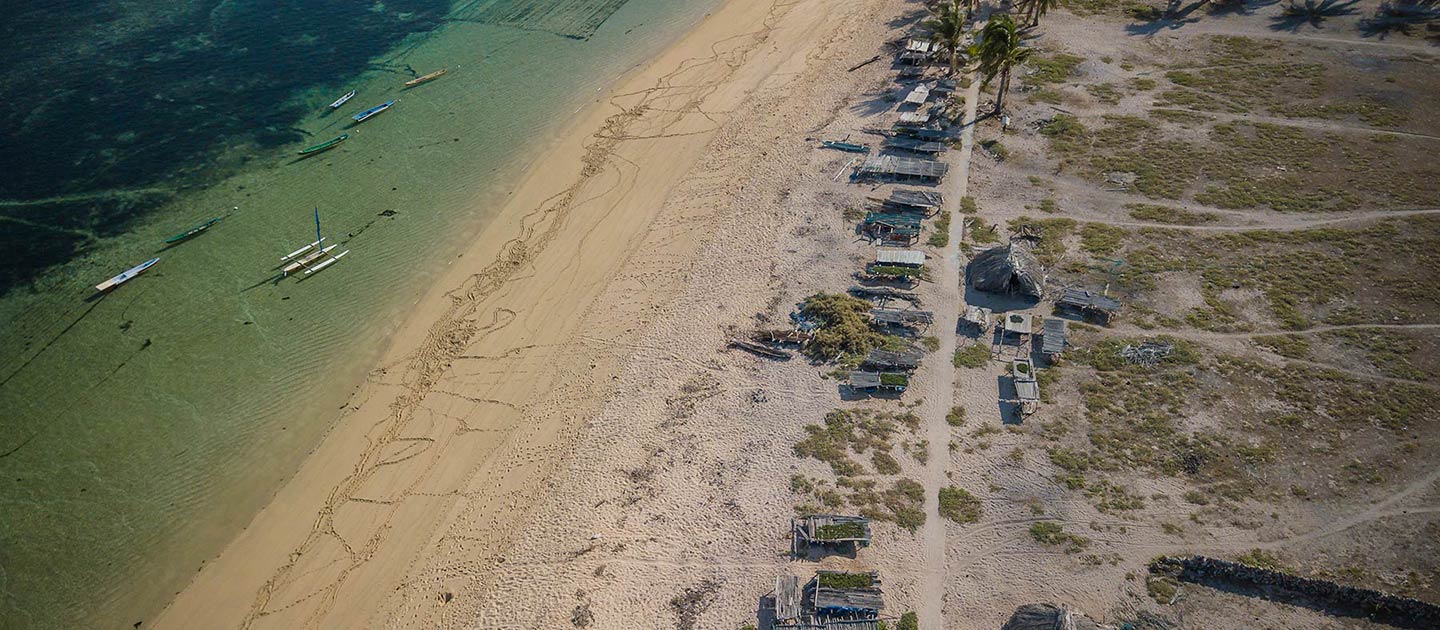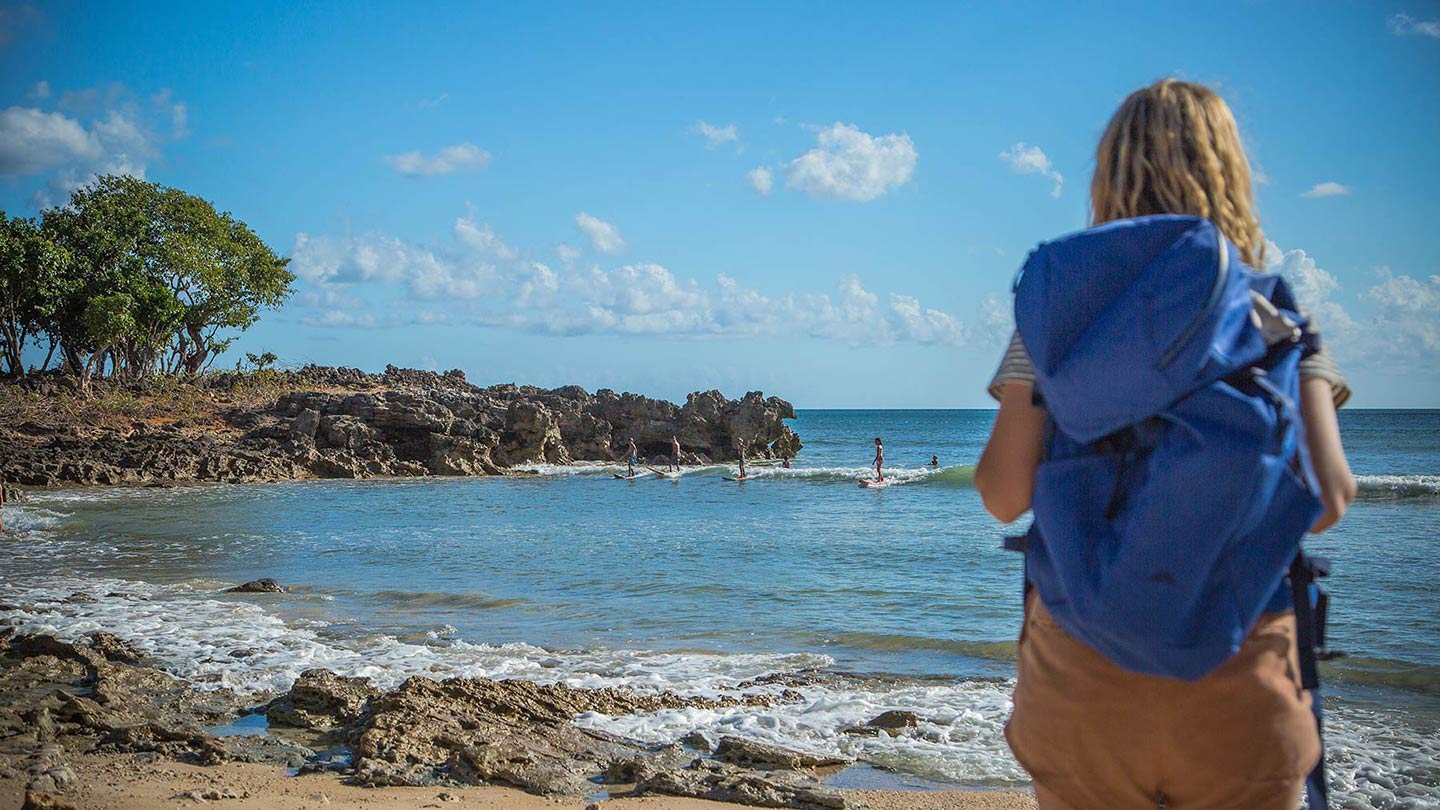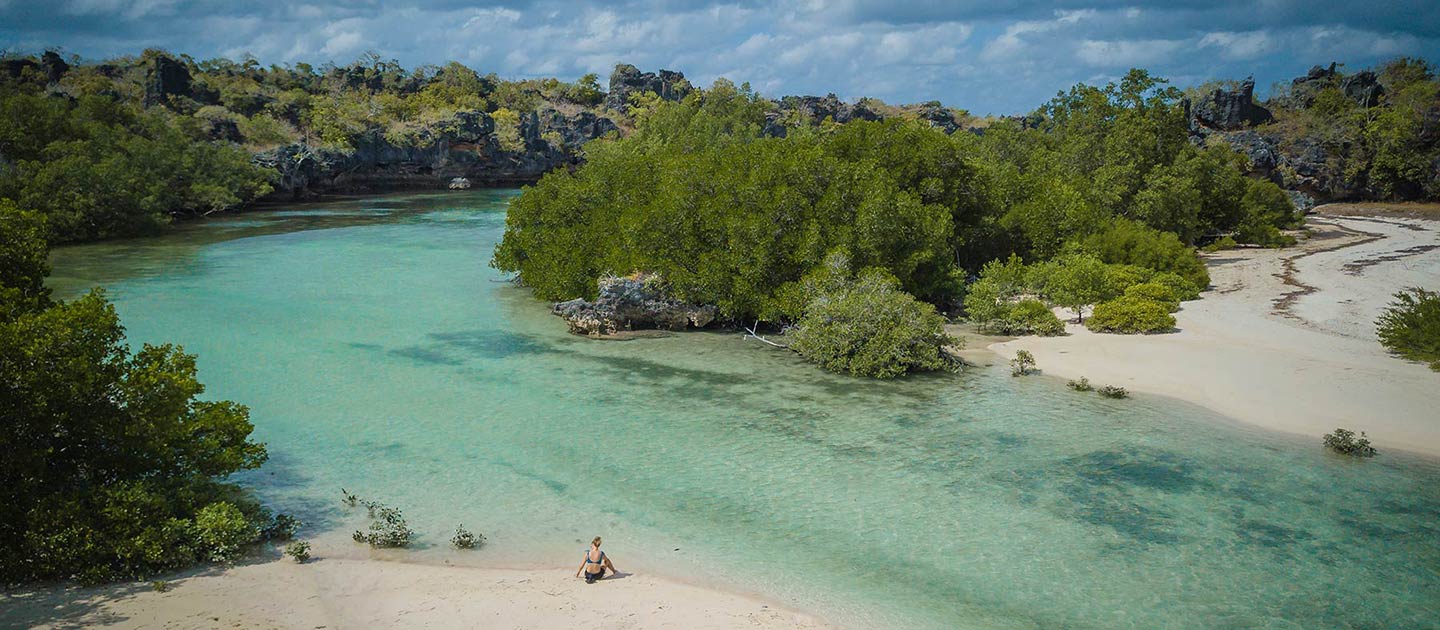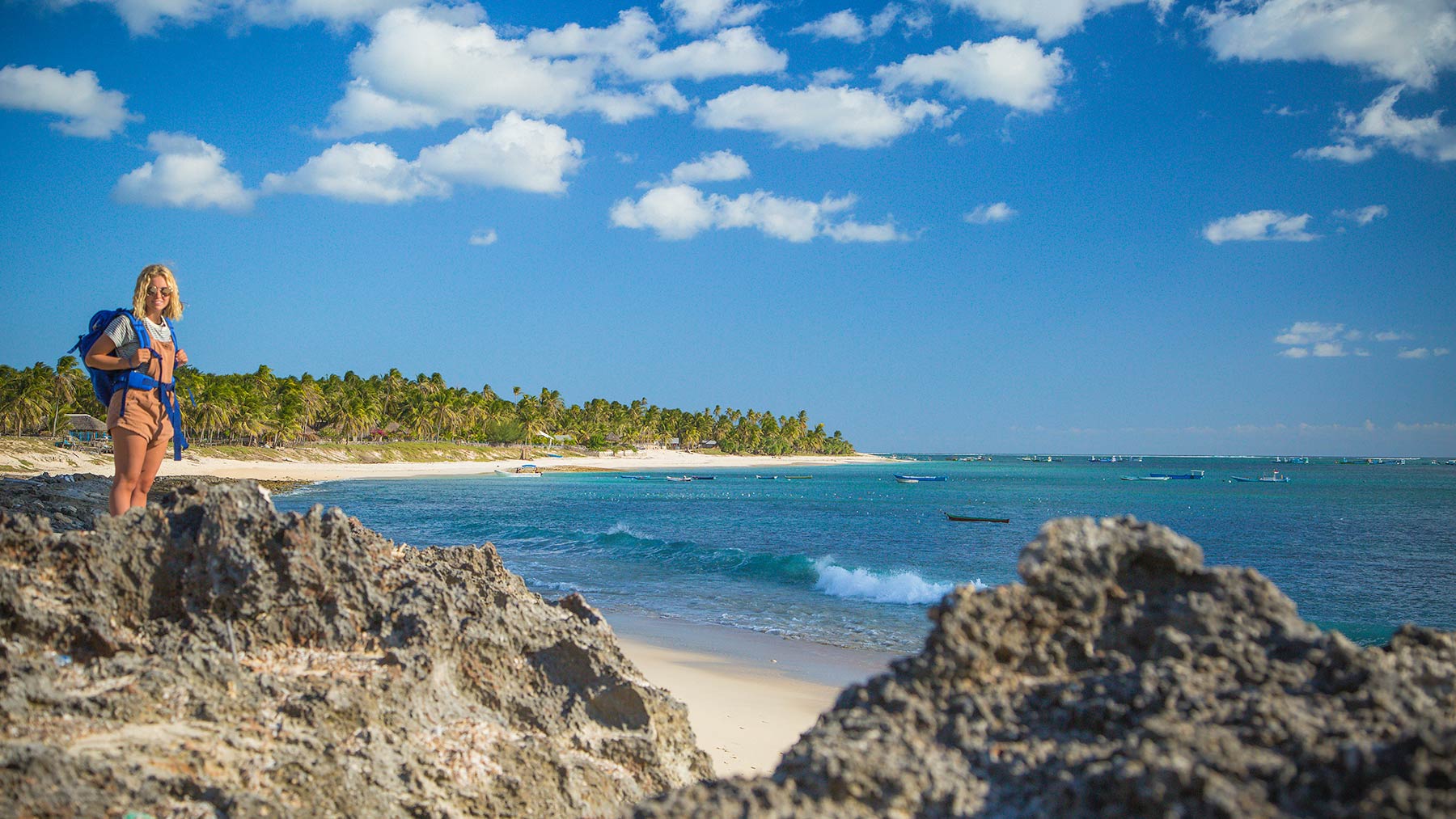The Next Bali?
In 2018 Indonesian President ‘Joko’ was the first in Indonesia’s history to visit Rote, the small sliver of limestone, white sands and increasingly popular surf. Rote is the most Southern of the Lesser Sunda Islands, and is the closest part of Indonesia to Australia.
The locals in the area whisper that Rote has been earmarked by the President as a ‘future Bali’. In a push to launch Indonesia forward, it seems that exploiting the vast natural resources of the Indonesian Archipelago for tourism is going to be a major strategy.
The complexity of this issue is immediately apparent to any Bali regular, where trash and sewerage issues are rife. Tourism comes at a very real cost, and usually ends up killing the original appeal of the area.
‘If the ferries do not run, the island rapidly runs out of fuel, food and other essential supplies’
As it stands, Rote is often plagued by strong winds that leave locals and surf tourists alike stranded in Kupang for days at a time. If the ferries do not run, the island rapidly runs out of fuel, food and other essential supplies.
The strong trade winds may really be a saviour to the area. While there are logistical nightmares at the mercy of the seas, development will be slow. Leaving pristine areas like the tidal mangrove flats relatively untouched. Relatively, because despite the headaches there is already a behemoth resort being built only a few kilometers away in another mangrove bay. How will they fill rooms and justify the investment? It is not clear.

Pigs & Weed
Pigs trot up and down the beach, nose down, bum up. They use their snout to seek out crabs – leaving behind a maze in the sand. Occasionally a drunken tourist decides to give the pig a chase. Surprisingly quick – the pig easily moves out of reach and the tourist returns to the cackles of their friends. The seaweed farmer has not noticed. He sits in the shade of his beach shanty cleaning his ropes.
There are two economic drivers of growth in this area – tourism, primarily from surfers and beach bums, and Agar Agar seaweed farming. Dried Agar sells locally for AUD $0.85 per kilogram, and the typical farmer may hope to make AUD $2000-$2500 annually for his or her efforts.
The tourist did not pay much attention to the seaweed farmer either – although this is where those little agar plates he used in his high school science experiments come from. This tourist’s week long trip at the beachfront resort probably cost the equivalent of six months of seaweed farming income. A large chunk of that money moves straight back into Western pockets.
The seaweed farmer thinks about the future. At least his daughter is able to make some money working in the resort, serving Bintangs to bule. When she was only a little girl, the oil came from across the sea and killed his seaweed.
Those bule brought him the agar to help his family survive 15 or 20 years ago after they took all of the fish from the sea. Then their oil pipelines explode and smother his coastline, killing his agar, killing his fish, burning his skin. ‘They are robbing us again’ – he thinks to himself.
Maybe the Australian lawyers will suck some money from the oil company. 15,000 seaweed farmers want justice. Some farmers were even flown to Australia to go on television. Who knows. He does not get too caught up thinking about it. The ropes are clean – time to start working.

Surf-onomics
It is also interesting travelling to a remote surfing destination and seeing Western tourists actively encouraging local surfing. This is a virtually guaranteed phenomenon. Within one generation the local population tends to lose it’s fear of the breaking swells and new surfers are born. Thanks to consistent, high quality conditions it only takes a few years for the first of these new kids to become very good surfers.
From here, the flood gates open. Soon, there is a strong, local surfing community and this is where things get really interesting. With groups of young shredders in the lineup, tensions rise between the locals and the Westerners who brought them the joys of surfing in the first place. The most talented locals will often see surfing as their path out of poverty to (relative) riches and are rightfully aggressive when it comes to getting their fill of waves. Looking at how the Asian Surfing Tour is growing there are legitimate ‘pro surfers’ from Indonesia and the Philippines dominating events and making decent money. You only get good by catching the best waves!
Through this whole process, the original Western surfers will have aged twenty of thirty years. They are likely to have a solid beer gut and ride a bigger board then they used to. Now they are grizzly old men complaining about how crowded everything is. They spend more time at the beach bar with a Bintang than actually out enjoying the waves. Their old paradise is gone.
By this stage, the true core surfers have long abandoned this destination, it is too crowded and accommodation is expensive. Yet, when they find a hidden gem they still make the mistakes of their predecessors. Surfing is probably one of the most selfish activities you can ever do, so it feels good to share the stoke with some poor local kids. Chances are though, they will be grizzling for many years to come about their past transgressions.

Watch Out For Buaya!
Crystal clear water, white sand and a network of mangroves offering shelter to juvenille fish. A good sheltered spot to go snorkelling or try fishing? Or, a perfect saltwater crocodile habitat!
‘Crocodiles are becoming a major issue for Timor, and may start to threaten tourist hot spots like Rote in the near future’
Buaya (crocodile in Indonesian), are actually widespread throughout most of Indonesia. Something that virtually every surfer coming to this wave rich country seems to ignore. Crocodiles are becoming a major issue for Timor, and may start to threaten tourist hot spots like Rote in the near future.
Saltwater crocodiles are polarising creatures worldwide – and Indonesia is no exception. On one hand, you have people keeping crocodiles as pets – feeding them so well that they end up obese, and on the other you have mass revenge killings of 300 crocs for one human.
One theory goes, saltwater crocodile populations have been growing in East Timor leading to increasing attacks on humans. The government in East Timor does not have the resources to manage their crocodile population, and now they are spreading into Indonesian controlled West Timor. Official records show 34 crocodile attacks on humans around Kupang between 2011 and 2016. There is only only 11km of water separating mainland West Timor and Rote, so there is absolutely no reason why crocodiles could not start making more obvious appearances in Rote.
